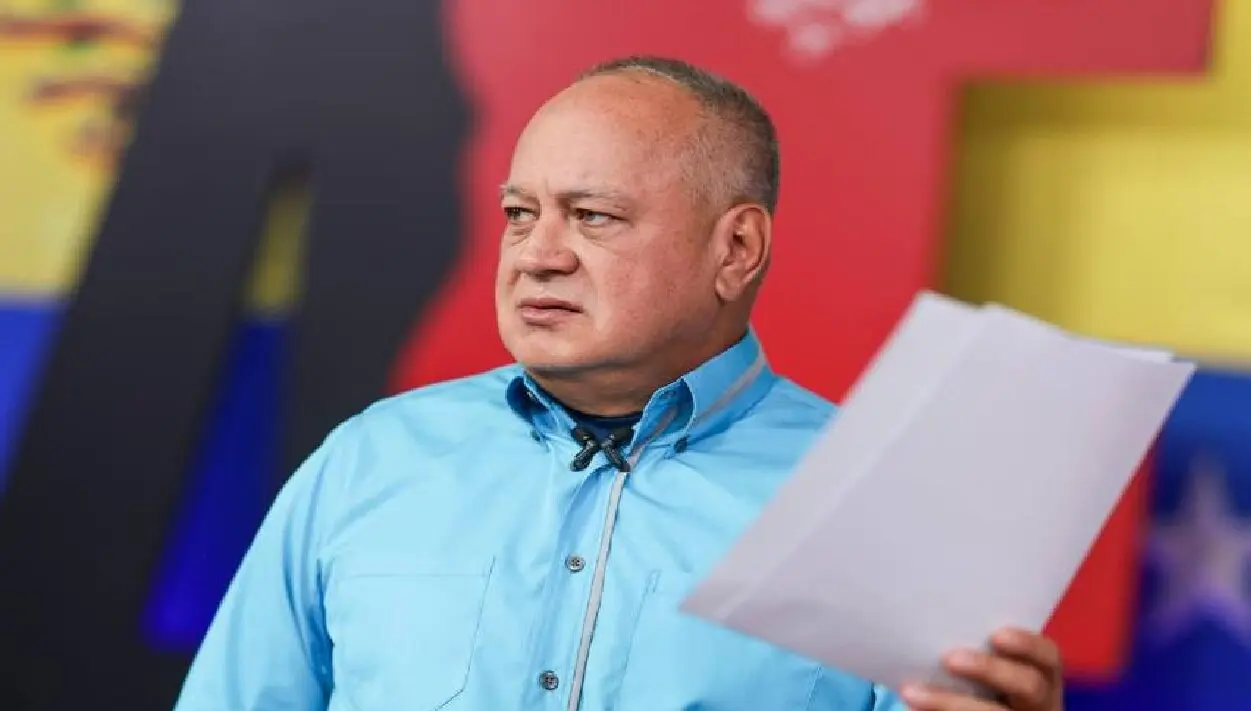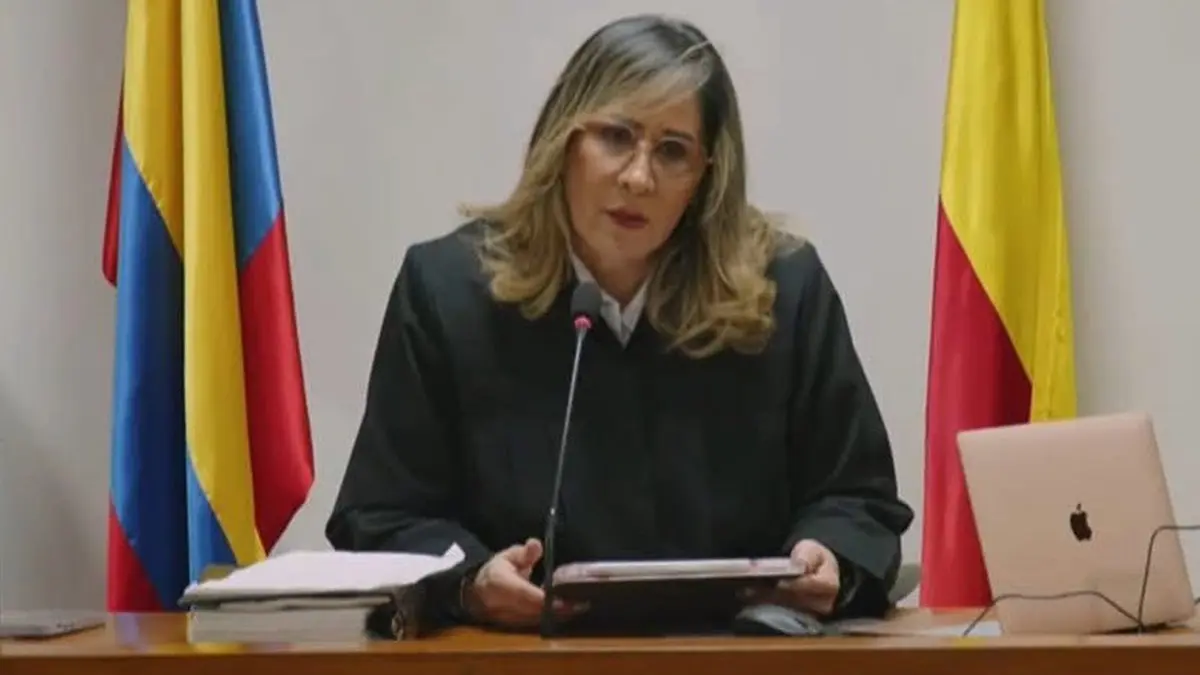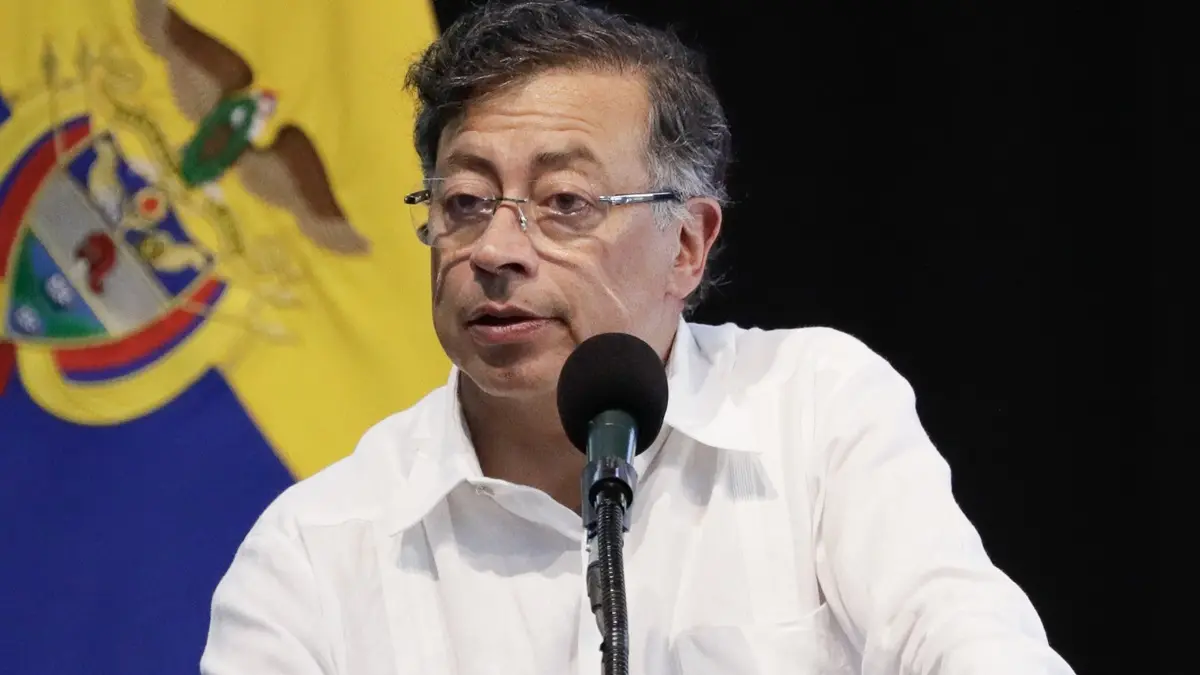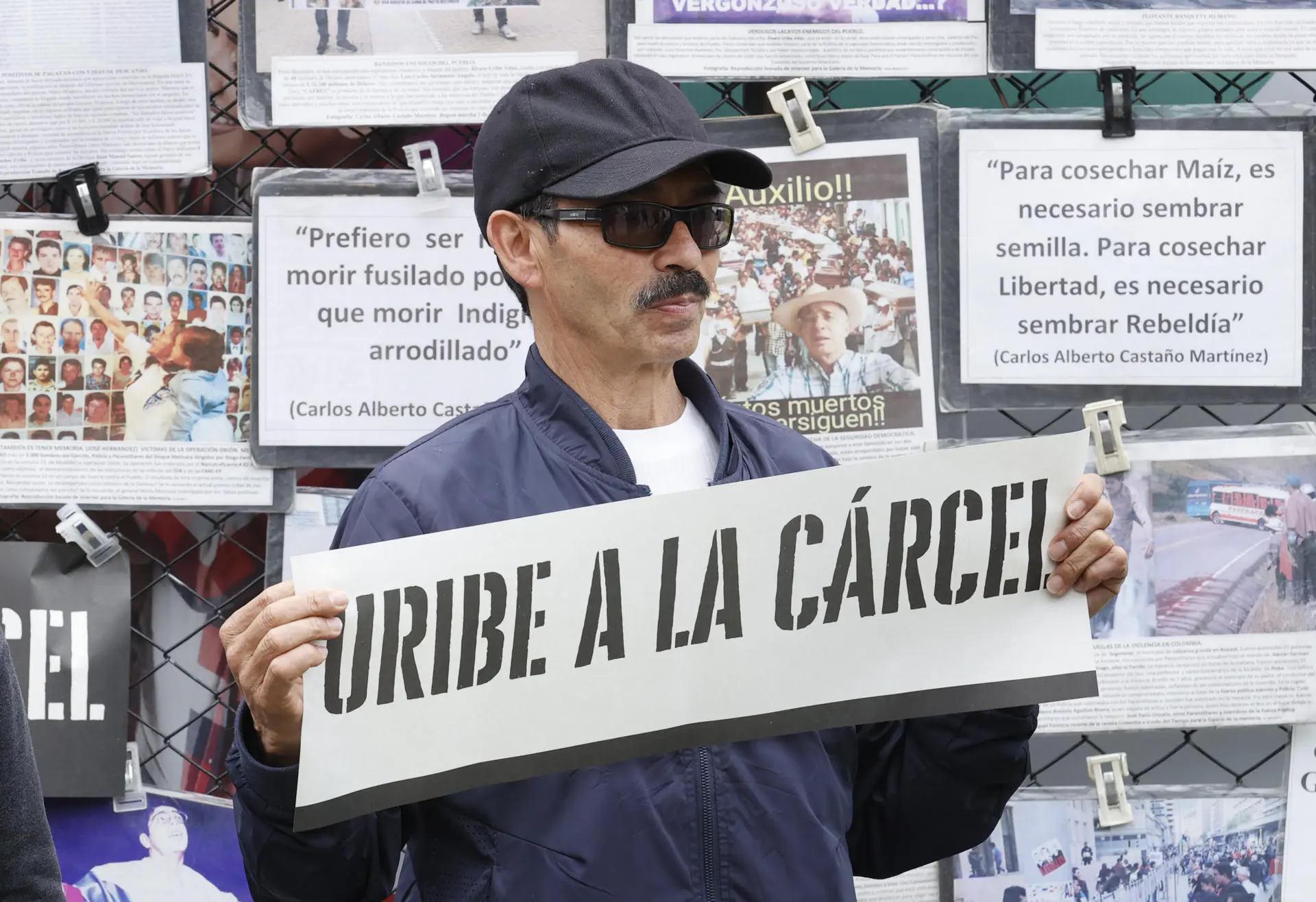Valledupar: Cradle of Vallenato and Host of Colombia’s Legendary Music Festival

Photo: Colombian Govermenet
May 1, 2025 Hour: 1:59 pm
Nestled between the majestic Sierra Nevada de Santa Marta and the Serranía del Perijá, Valledupar, capital of the Cesar Department, is one of Colombia’s premier cultural hubs. It is best known as thebirthplace of vallenato, a musical genre declared Intangible Cultural Heritage by UNESCO.
At the heart of its cultural calendar is the Festival de la Leyenda Vallenata, held every April since 1968. It is the country’s most important celebration of vallenato, attracting thousands of visitors from across Colombia and abroad. The festival’s highlights include the crowning of the Rey Vallenato (Vallenato King) and the vibrant piquerías — spirited duels of verses between performers.
The Origins of Vallenato
Vallenato originated in Valledupar, once home to Chimila and Tupe indigenous tribes led by the legendary Cacique Upar, from whom the city gets its name. “Vallenato” literally means “born in the valley.”
This music was born of traveling farmers and cowhands who spread news and tales across rural communities, inspired by Spanish, African, and Indigenous musical traditions. The blending of instruments — the accordion from Europe, the guacharaca from indigenous cultures, and the caja from Africa — gave vallenato its unique identity.
Instruments of Vallenato
Traditional vallenato is performed using three main instruments:
- The caja vallenata, a small drum played with bare hands, introduced by enslaved Africans.
- The guacharaca, a grooved wooden instrument originally used in hunting rituals.
- The accordion, imported from Germany.
Together, these instruments reflect a rich multicultural legacy.
From Rural Song to National Symbol
Once considered lowbrow music of farmers and gossipmongers, vallenato gained prominence when upper classes began inviting performers to elite social clubs. In 1968, then-Governor Alfonso López, journalist Consuelo Araujo, and composer Rafael Escalona created the Festival de la Leyenda Vallenata, elevating the genre to a national stage.
Vallenato features four distinct rhythms or “aires”: son, paseo, puya, and merengue, each with a unique mood and lyrical structure, often dictated by the lead accordionist.
Festival and Beyond
Every year, the festival crowns the top accordionist, with a prestigious Rey de Reyes competition held every decade among past champions. In addition to the music, visitors can stroll along the scenic Guatapurí River Park, visit the historic Plaza Alfonso López, or unwind at modern hotels now dotting the city.
Valledupar continues to thrive as a cultural beacon of Colombia’s Caribbean coast — a place where music is more than entertainment: it’s heritage, identity, and pride.
Author: OSG






